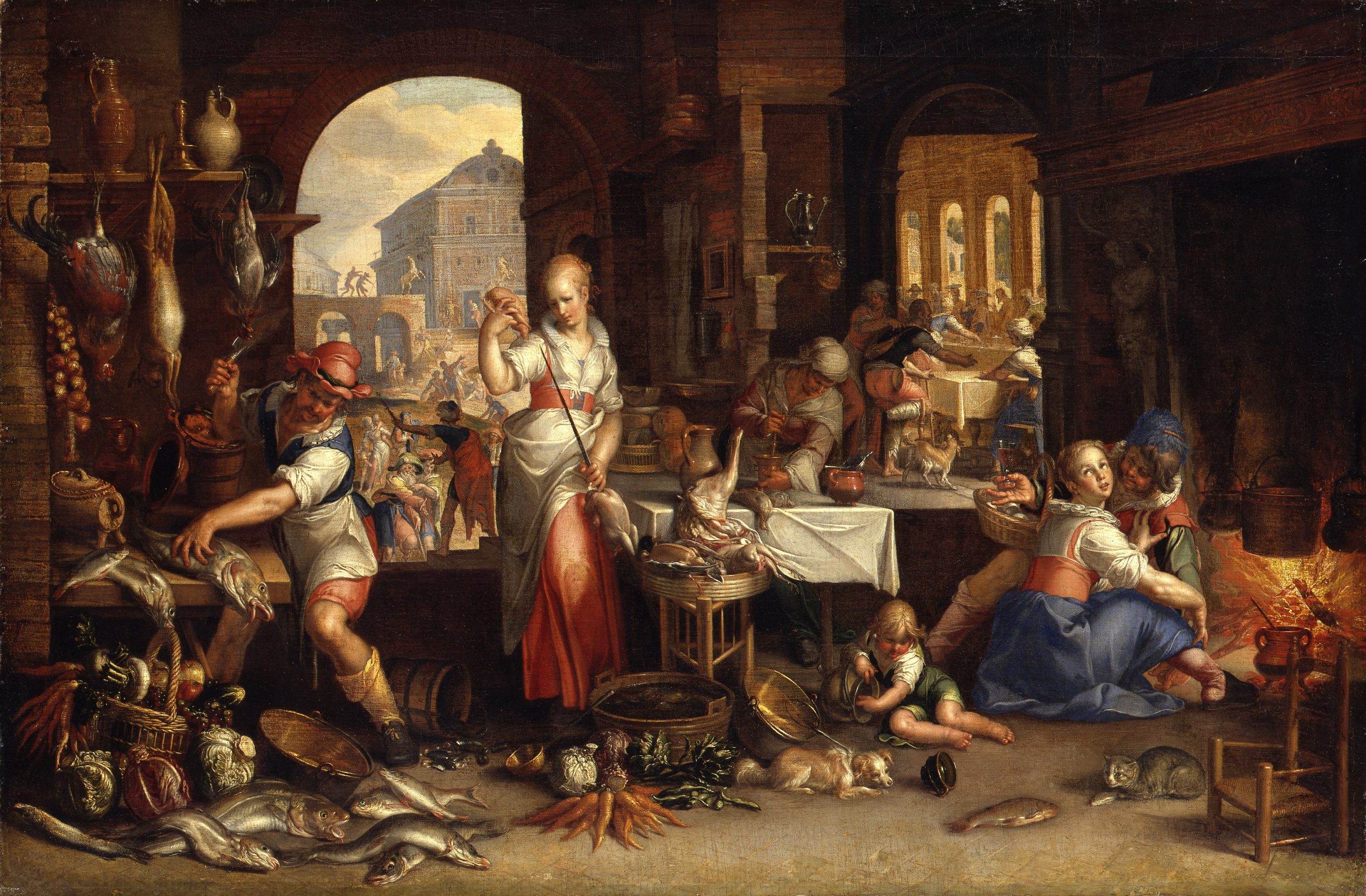
There’s nothing worse than watching a bio-doc about a revolutionary, unique, creative voice that reduces the life story of its subject to the basic beats, using standard techniques instead of embracing that which made this person’s story worth telling in the first place. Director Morgan Neville (“Won’t You Be My Neighbor?”) likely struggled with this potential trap when approaching the life of Steve Martin, a man who has defied easy categorization his entire life. From his breakthrough days on the comedy stage, when he somehow merged an old-fashioned sense of humor with a brave new way of making people laugh, to when he left that behind to become a writer, film star, novelist, playwright, and a current TV star, Martin has been tough to pin down. Neville attempts to capture Steve Martin’s ability to never be put in an easy box in Apple TV+’s “Steve! (Martin): A Documentary in 2 Pieces” by telling the two halves of his story in completely different formats. It’s a clever move to make what is essentially two feature-length documentaries about the man, and yet it still somehow feels like some of this story remains untold. That’s just how rich Steve Martin’s career has been.
The first half of “Steve!” is a pretty straightforward piece of archive-driven documentary filmmaking, using old photos and clips of Martin’s childhood and ascendance to superstardom under audio of Martin and people who knew him then. From his days working at Disneyland to his love of magic as a young man, Neville tracks the formation of Martin’s stage persona. There are some fascinating insights into Martin’s process, such as when he explains how a punchline is designed to release tension in an audience, but he sought to keep the tension going, playing with the very form of a comedy show. There’s also the sharp context of Martin’s rise that notes that he was a sort of response to the Vietnam Era in which everything, even comedy, felt like it had to be serious. With an arrow through his head, Martin was defiantly silly.
What I always loved about Martin from a very young age was his willingness to be both goofy and deceptively intellectual at the same time. He could nail a great old-fashioned laugher that would be called a “dad joke” today or jump around on his happy feet, but there was a deep intelligence behind everything Martin did. You could just tell. It was like his brain, heart, and funny bone were all playing together in unison. It was conceptual as much as it was goofy. And when Martin realized that the concept had run out of steam in 1980, he walked away at the top of his game.
The first half of “Steve!,” subtitled “Then,” hints at some of the darker chapters in its subject life, but this is not a standard tell-all. Martin’s father was remarkably cold and even cruel; Martin became obsessed with satisfying entire audiences, talking about being obsessed with the one empty seat in a sold-out show; a sort of pompous persona that he refined on-stage led to him being defined that way off of it—Neville has a habit of feigning to deeper waters like these before going back to the shallower ones, likely out of deference to a man who seems reluctant to open up too much about his life. Consequently, the first half of “Steve!” becomes more about a career than a person, which left me feeling a little distant from the subject at its conclusion.
And that’s what makes the second half, subtitled “Now,” a masterstroke on Neville’s part. After 90 minutes of photos and clips, the second part of “Steve!” opens with Martin himself walking into his kitchen, chit-chatting and telling jokes, almost mocking the very fact that a movie is being made about him. Ending the first half in 1980, Neville employs an entirely different format for the next 40+ years of Steve Martin’s life, a more free-form conversational approach with Martin and friends like Jerry Seinfeld, Martin Short, Tina Fey, Lorne Michaels, Eric Idle, and many more. Martin is working on a cartoon book filled with anecdotes about his career, and that’s the throughline for this half, a film that’s calmer and more observational, sometimes just content to film Martin riding his bike on a nice day. It also focuses heavily on friendship and collaboration with Martin noting that he will probably retire when Short does. They’re a package deal now on stage and on “Only Murders in the Building.”
There are many joys to be found in the second half of “Steve!” too—I could watch Seinfeld interview Martin about comedy for literal hours, and the process scenes of Martin & Short writing jokes are a gem. However, four decades of Martin’s career is a lot to cram into a feature length, and a lot of his work gets dismissed or ignored in a way that might frustrate some fans. After a relatively long chapter on the failure of “Pennies from Heaven,” and how Martin responded to it, I was hoping for a similar unpacking of classics like “Roxanne,” “L.A. Story,” “Bowfinger,” and maybe even Martin’s excellent novels. The truth is there’s too much brilliance here. And Neville chooses to spend a great deal of time on WASP, Martin’s 1994 play that clearly includes some of the writer’s biography within it, even staging scenes from it with Finn Wittrock. Using Martin’s work as a key to unpack his life is wise, but I would argue you could do it just as easily with so many of his other projects about outsiders seeking approval too.
How does a deeply empathetic filmmaker like Morgan Neville approach the life of a man who always seemed to keep his true emotions behind a curtain? It’s heartwarming and even moving to see where Steve Martin is today, comfortable with his emotions enough to cry when reading the “Planes, Trains, & Automobiles” script, and obviously enriched by being a father late in life. Comedian, actor, writer, father, husband, friend—Steve Martin is all these things, and more. Of course, Morgan Neville had to make two completely different films to try to tell his story. Honestly, he could probably make three or four and still just scratch the surface.
Premieres on Apple TV+ on March 29th.




